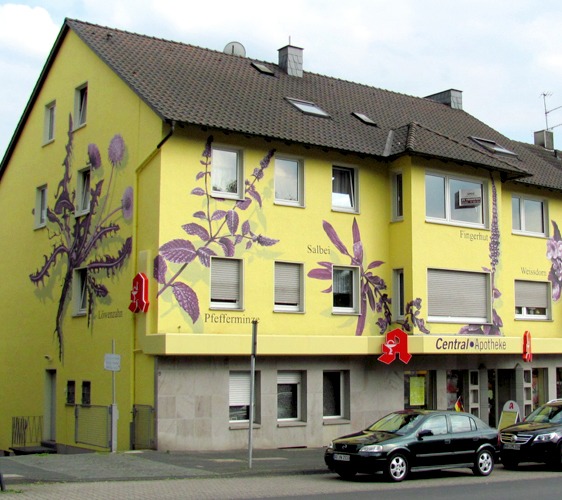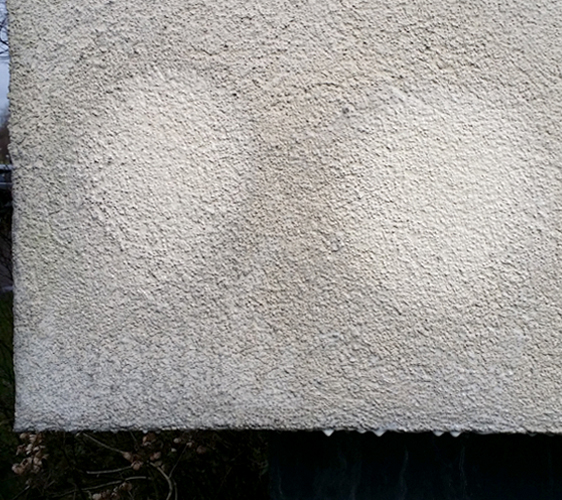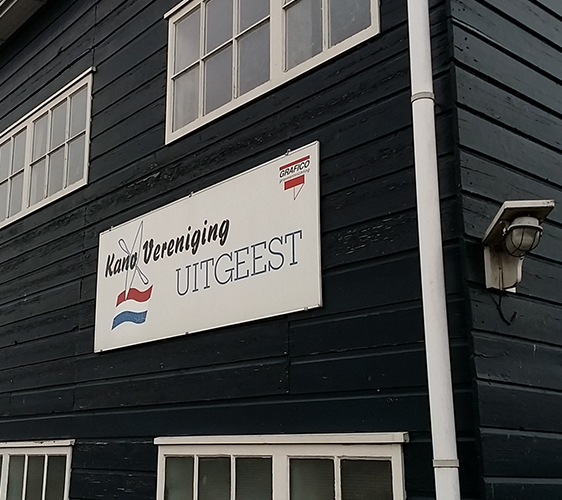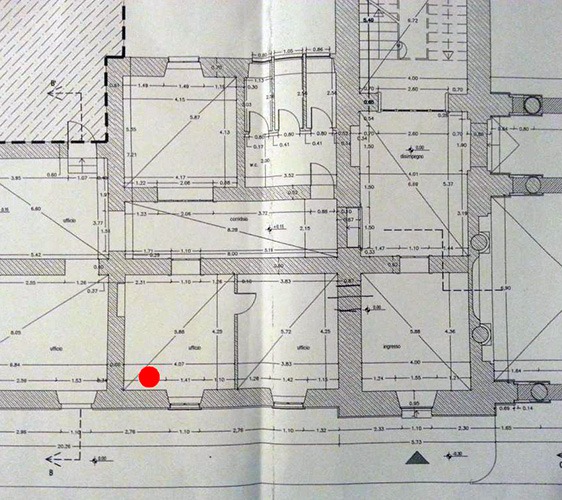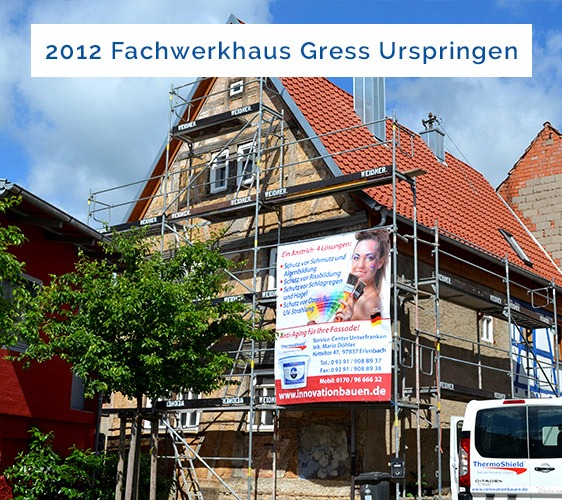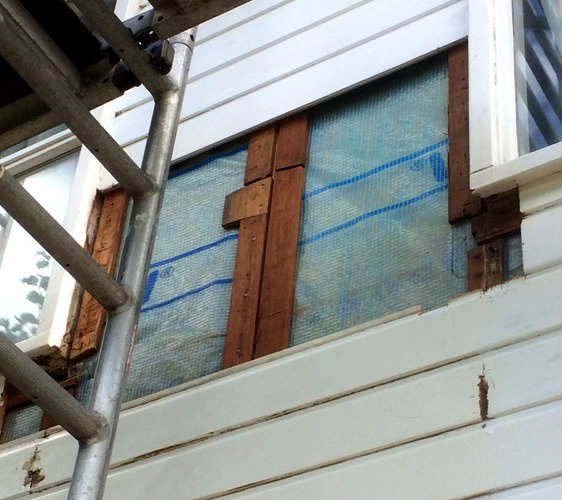Pharmacy in Witten
Economical and energy-efficient renovation. The use of ClimateCoating® for the modernisation freed up the money for a new granny annexe.
The renovated building of the Central Apotheke in Witten has become a jewel. The facade coating with the thermoceramic membrane technology ClimateCoating® ThermoProtect applied by the painting company Fox & Fox protects against summer heat and heat loss in winter. ClimateCoating® ThermoProtect was also used for the medicinal herbs painted by Dortmund artist Denis Klatt. The paint is very durable and also dirt repellent.
Michael Hillebrecht, creative head of the Wellmess project group, Witten, bases his concepts strictly on the criteria of economy and energy efficiency. For this reason, he decided to use a combination of energy-saving paint, a combined heat and power unit and photovoltaics to generate electricity on the roof for this project. During the partial conversion, a residential unit was created in the basement.
The pictures show the facade in the first year after completion. The energy certificate issued by Berlin-based DIMaGB Energieberatung for the energy-efficiently renovated building makes it clear what energy efficiency means, even in a modernised old building: “everything is in the green”.
Cost-effectiveness in this project means: high benefit at justifiable expense and a manageable payback period. The money saved on investments in the facade through the use of ClimateCoating® was used to create an apartment. Income accrues to the owner from rental and electricity remuneration.

